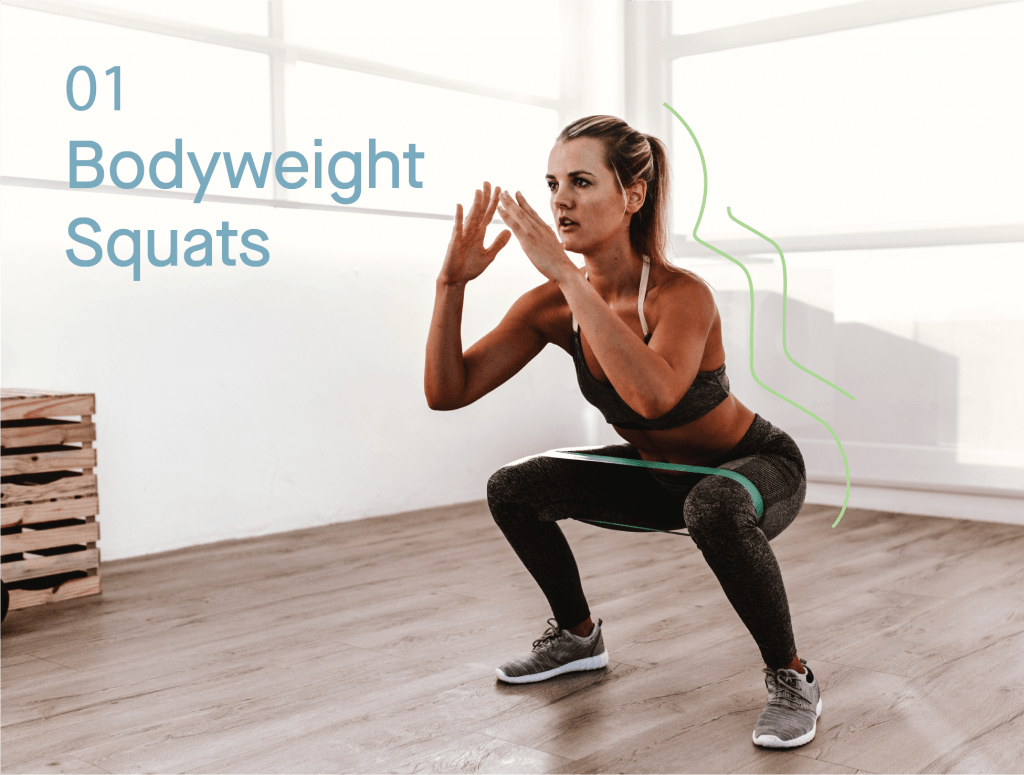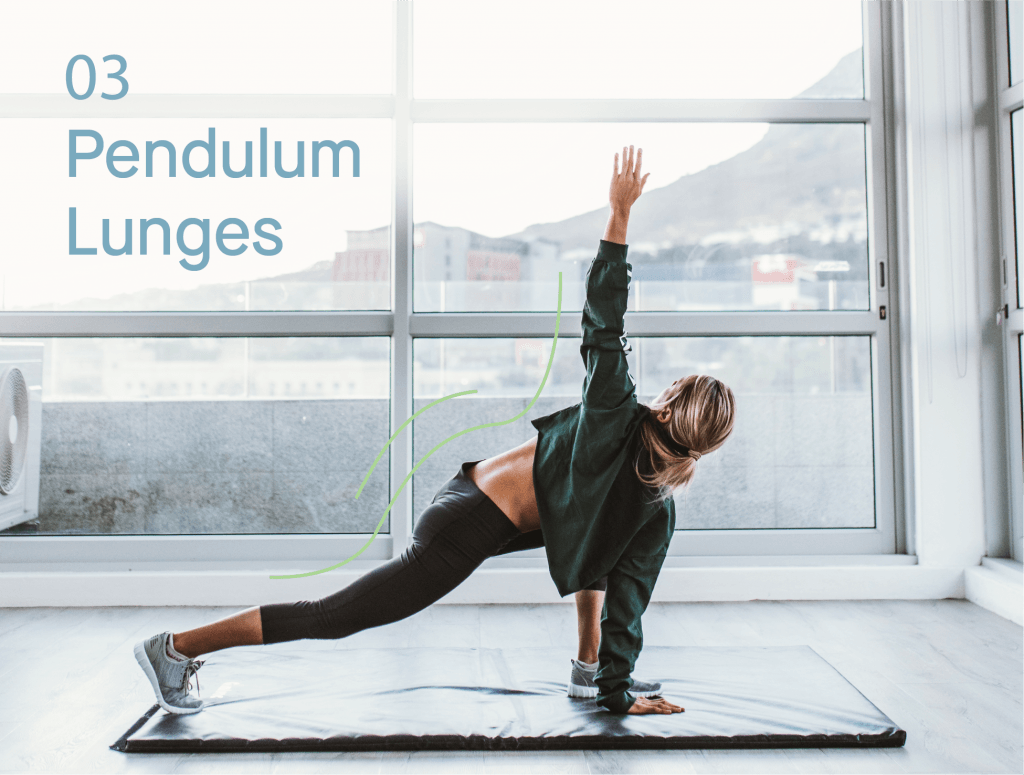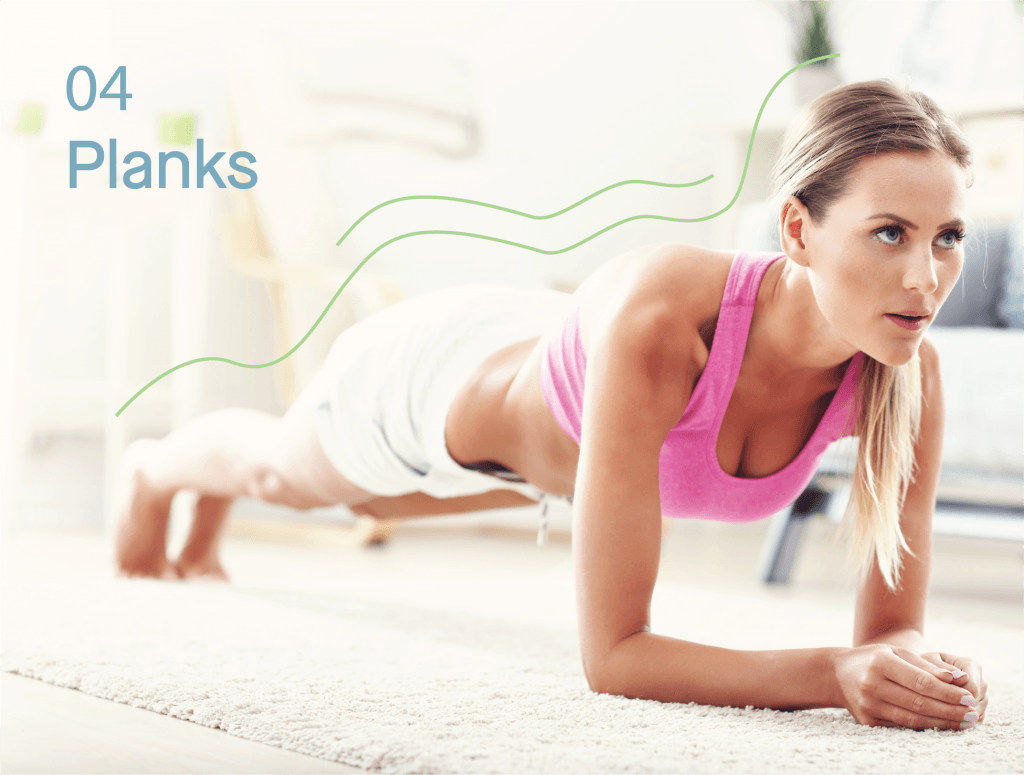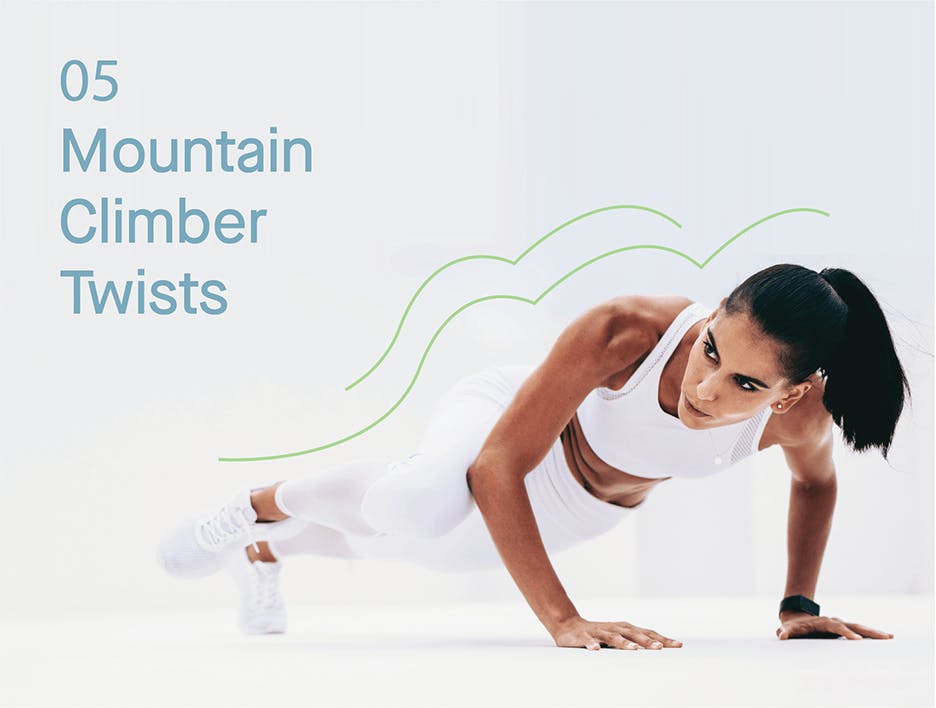Exercise. Some people get excited to hear that word, while others are filled with dread. Whatever your feelings on exercise, sooner or later, most of us realize we need it. Whether you want to lead a healthier lifestyle, run a marathon, lose weight, or just feel stronger, exercise can help you achieve these goals and many more. But if you haven’t exercised much before, knowing how to work out can be a bit daunting.
If you consider yourself a novice to exercising and fitness routines, then we have some great beginner workouts for you to try. Beginner workouts are exercises that can be performed without any special strength or flexibility. Almost everyone can perform beginner exercises in some form, and all of our suggested workouts can be done at home with no equipment.
Keep scrolling to learn more about beginner workout routines and how to perform each exercise to increase your own personal health and fitness.






